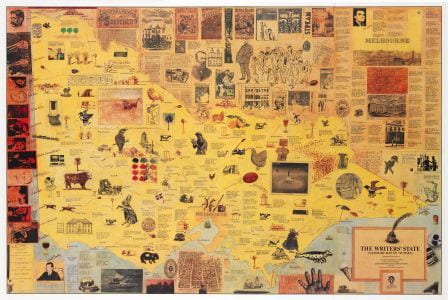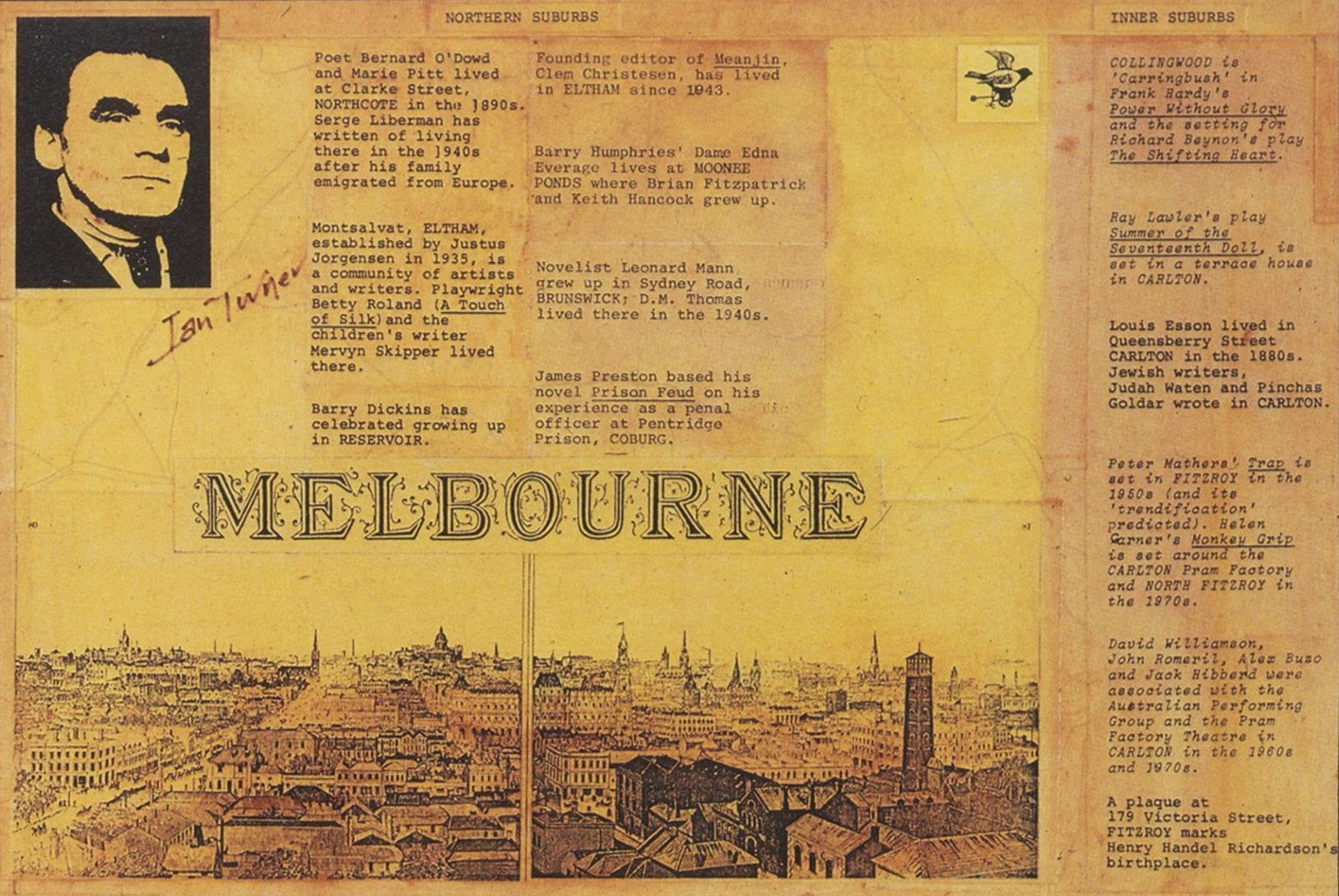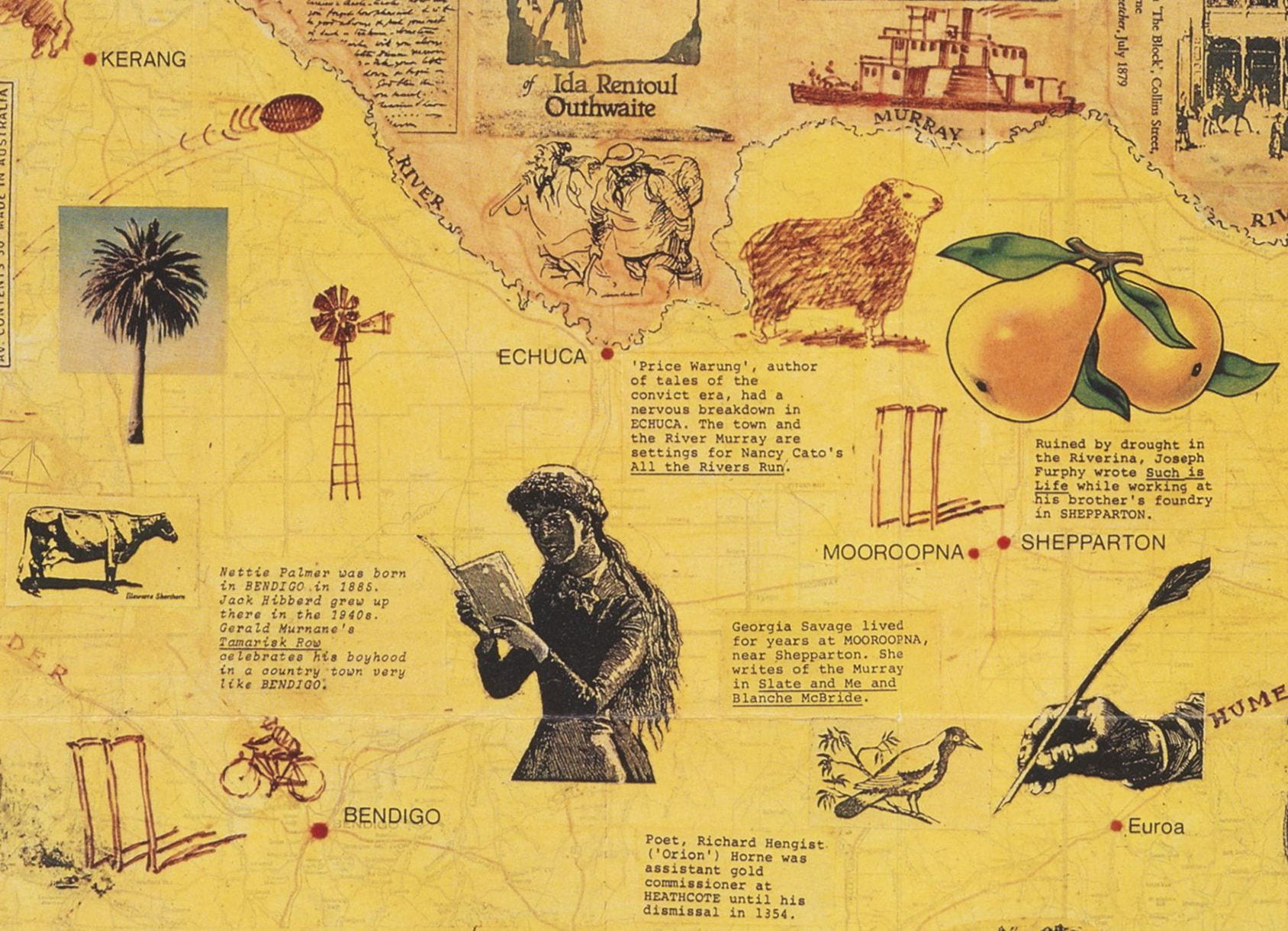The Magic of Meanjin

Writers nurture multiple relationships throughout their career and perhaps there’s none more important than the one with their publisher. The collections held at UMA illustrate the process of writing and publication, from the moment an idea is born to the maturation of a finished piece of writing. This relationship between writer and publisher is most evident in the archive of one of Australia’s most influential literary journals, Meanjin.
The correspondence files contained within founding editor Clement Byrne Christesen’s papers are a thrilling find for the literary fan and illuminate the working lives and relationships of editor, publisher and writer. Key figures in Australian literature such as AD Hope, Patrick White, Marjorie Barnard, and Peter Carey are highlights of this vast collection. The correspondence with poets, essayists, playwrights, novelists and critics provide an intimate insight into the myriad of relationships editor CB Christesen developed and sustained over three decades, amongst a range of financial, political and cultural challenges.
In one of his many letters to literary critic Nettie Palmer, Christesen almost apologetically explains “An editor seems to be asking all the time – or suggesting. If he merely suggests, invariably nothing is done. He must then follow it up, ask outright or demand…I’m not much good at that, making demands on people’s goodwill, on their time and energy.”[1] Christesen was clearly a talented editor; he published many celebrated figures in Australian literature and introduced Australians to international writing, whilst maintaining a journal of the highest quality with minimum funding. Although Christesen retired from editorship in 1974, Meanjin has successfully continued as one of Australia’s foremost literary voices.
[1] Letter to from C B Christesen to Nettie Palmer, c. November 1945, Box 257, Meanjin Editorial Records of C B Christesen 2005.004
Online finding aid Meanjin – Editorial records of CB Christesen
More from Meanjin can be discovered online http://meanjin.com.au/







